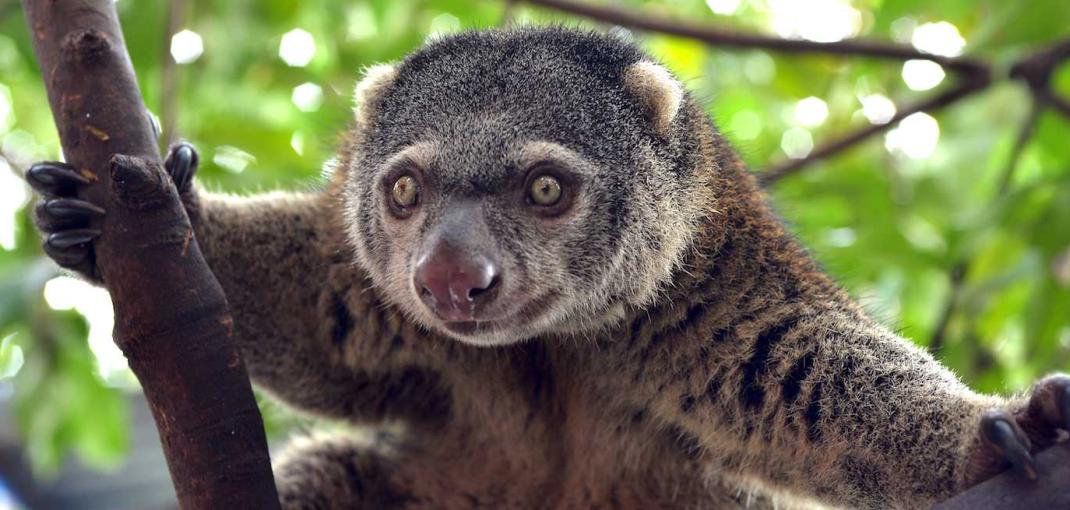Main menu
CEPF is a joint initiative of l’Agence Française de Développement, Conservation International, the European Union, Fondation Hans Wilsdorf, the Global Environment Facility, the Government of Japan and the World Bank.
Visitez le site français コア情報の日本語翻訳を読むOr use Google Translate to translate the English site to your language:
GTranslate
Priority KBA
Priority Corridor
Other KBA
Other Corridor
North American Coastal Plain
Stats
About this hotspot About
Investment
:
Eligible Countries
Ecosystem Profile
Found almost entirely within the United States, the North American Coastal Plain reaches from a small section of northern Mexico along the Gulf of Mexico and up the East Coast to southeastern Massachusetts. This region has long been misunderstood, which is why it was not classified as a biodiversity hotspot until 2016. Despite the 1,816 endemic plant species and the 1.13 million square kilometers of area, the hotspot has a low level of geographic variety and an unusually low level of elevation change when compared to the other hotspots, leading the scientific community to assume it would be less biodiverse.
The North American Coastal Plain is a fire-dependent region. When early European settlers first came to the area, they thought local Native American tribes started the periodic fires. In reality, the fires were not only natural but needed by the plant and animal species in the region, which had evolved to depend on them.





